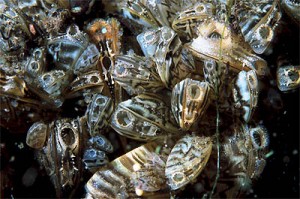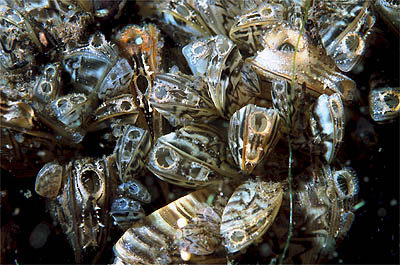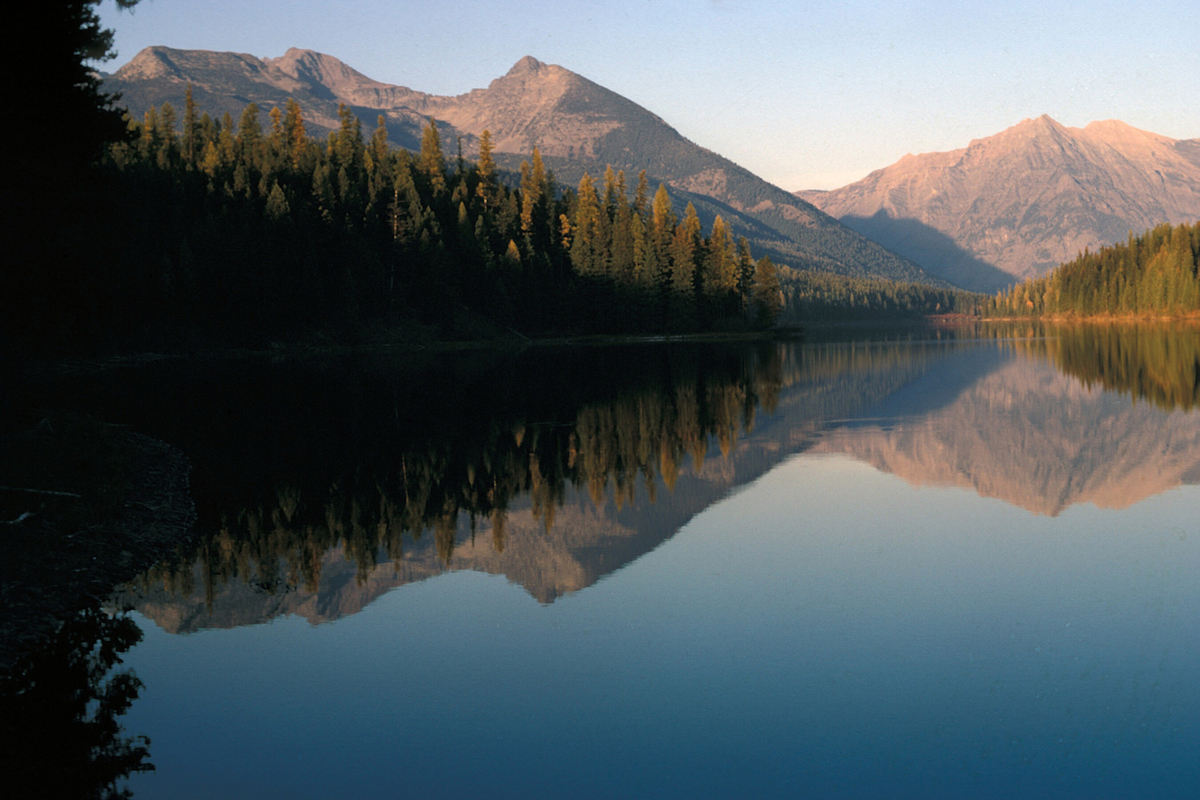
For the first time, invasive mussel larvae have been detected in Montana waters. In response, Glacier Park has immediately shut down boating in the park while they double check everything.
Here’s the meat of the official press release . . .
In response to the recent detection of invasive mussel populations in central Montana, Glacier National Park is issuing an interim boating closure within all park waters, in accordance with the park’s Aquatic Invasive Species (AIS) Action Plan. The closure includes both motorized and hand propelled watercraft.
The 2014 plan calls for this immediate closure when invasive mussels are detected within a waterway in the State of Montana, as was announced on November 9 by Montana Fish Wildlife, and Parks.
The park will begin an assessment period to conduct testing, inspect park boats, and evaluate the risk boats pose to park waters and waters downstream from the unintended introduction of invasive mussels. The assessment will likely include the evaluation of further tests of waters across the State of Montana during the summer of 2017. The closure will remain in place during the assessment period, which will extend until the nature of the threat is better understood.
“Park scientists will work diligently with the State of Montana and other water quality experts to understand the scope of this threat, and identify steps the park will take to further protect our waters in the Crown of the Continent,” said park superintendent Jeff Mow.
Glacier National Park sits at the top of three continental scale watersheds. Water from the park drains into the Columbia, Missouri, and South Saskatchewan Basins. Protecting park waters from an infestation is important not only for the park’s ecosystem, but also to economic and ecological interests downstream.
Beginning in 2011, the park initiated a mandatory boat inspection and launch permit program to reduce the risk of infestation of park waters by invasive mussels. Since that time, approximately 1,000 motorized boat permits were issued annually. The park also required self-inspection and AIS-free certification of non-motorized watercraft. These boats come from many states across the country, including those with established populations of invasive mussels.
In 2016, launch permits were issued to boats registered in 13 mussel positive states following inspection.
See also: Invasive Mussel Larvae Found in Montana Reservoir (Flathead Beacon)

